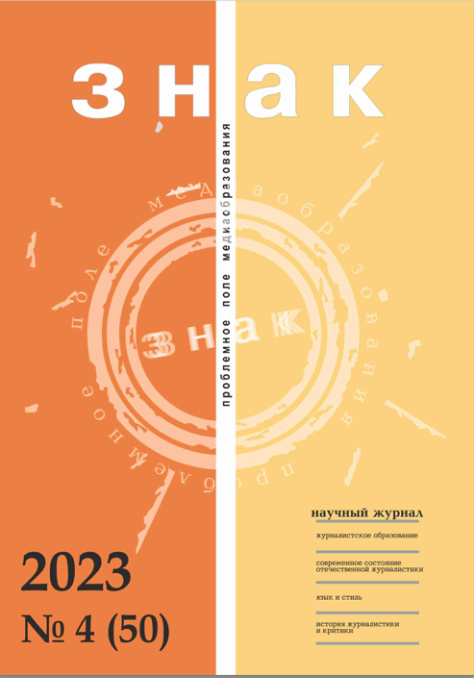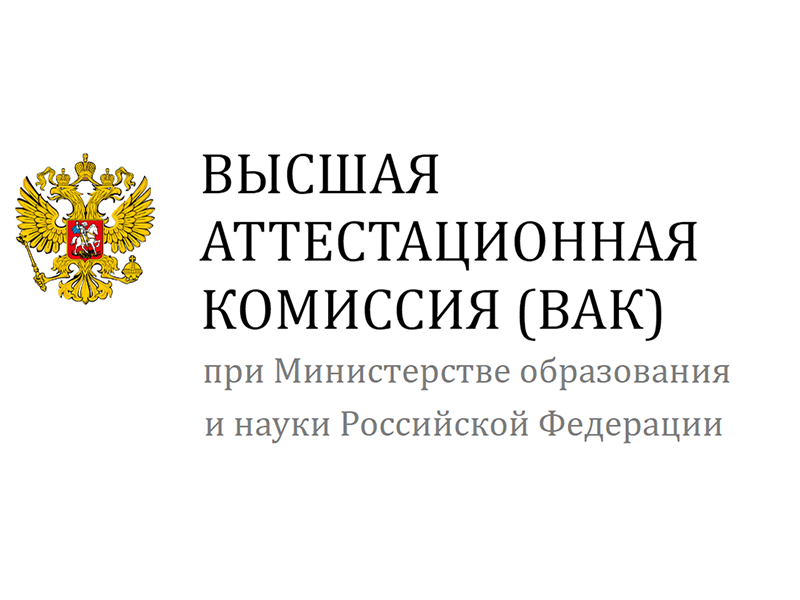Фольклорное начало в структуре современного телевизионного контента
DOI:
https://doi.org/10.47475/2070-0695-2023-50-4-40-46Ключевые слова:
телевидение, аудиовизуальные медиа, фольклор, анекдотизация, смеховая культураАннотация
Современный этап развития аудиовизуальных медиа требует осмысления с точки зрения сущностной составляющей. Контент ведущих телеканалов сегодня отличается несомненным и частым обращением к фольклорным формам. В статье на материале анализа содержания современного телевизионного эфира выявляются элементы фольклора в различных телевизионных жанрах и форматах. Отмечаются причины интенсификации фольклорной составляющей в современных медиа: проникновение непрофессионалов в систему современного телепроизводства, увеличение объема массовой аудитории с пониженными эстетическими и этическими требованиями, частичное падение моральных норм и табу. Фиксируются формы проявления фольклора как в развлекательном секторе аудиовизуальных медиа. Отдельно подчеркивается роль смеховой культуры в развитии фольклора на телеэкране. Констатируется анекдотизация телевизионного контента. Устанавливаются специфические черты реализации фольклорного начала: прагматика, профессионализация, научность. Делается вывод о неизбежном развитии фольклорного начала в средствах массовой информации вообще и на телевидении в частности.
Библиографические ссылки
Agunova, Ju. A. (2020). Fol’klor v sovremennoj otechestvennoj reklame [Фольклор в современной отечественной рекламе]. Aktual’nye problemy sovremennoj gumanitarnoj nauki, 20–22. (In Russ.).
Batrak, B. S. (2014). Shest’ arhetipov kinematografa [Six archetypes of cinema]. Nauka i znanie: innovacionnye podhody k resheniju prakticheskih professional’nyh zadach po formirovaniju konkurentosposobnyh specialistov, 145–148. (In Russ.).
Bahtin, M. M. (2021). Tvorchestvo Fransua Rable [The works of Francois Rabelais]. Moscow: Azbuka, 640 p. (In Russ.).
Davydova, D. A. (2021). Ispol’zovanie priemov mifologizacii v sovremennoj reklame [The use of mythologization techniques in modern advertising]. Aktual’nye problemy i sovremennye tendencii razvitija social’no-jekonomicheskih nauk v XXI veke. Kirov: Interregional Center for Innovative Technologies in Education, 117–122. (In Russ.).
Demidova, A. S. (2023). Fol’klor v japonskoj telereklame kak sredstvo formirovanija i ukreplenija kul’turnoj identichnosti [Folklore in Japanese television advertising as a means of forming and strengthening cultural identity]. Vestnik Nizhegorodskogo gosudarstvennogo lingvisticheskogo universiteta im. N.A. Dobroljubova, 62, 28–40. (In Russ.).
Zezjulevich, A. V. (2022). Vechnye sjuzhety v prostranstve massmedia: specifika bytovanija [Eternal subjects in the space of mass media: the specifics of existence]. Slavjanskij mir i nacional’naja rechevaja kul’tura v sovremennoj kommunikacii. Grodno, 214–219. (In Russ.).
Il’ina, E. N. (2022). «Ostorozhno: zlaja sobaka!» v kontekste lingvistiki postfol’klora [“Be aware of dogs!” in the context of post- folklore linguistics]. Nauchnyj dialog, 11 (5), 226–242. (In Russ.).
Klochan, A. N. (2016). Zagolovok sovremennogo mediateksta: precedentnyj aspekt [Title of a modern media text: precedent aspect]. Slovo i tekst v svete sovremennyh issledovanij filologicheskih nauk. Tambov: Gramota, 5–9. (In Russ.).
Maslennikova, N. A. (2019). Nauchpop v novyh media: ot nauki k fol’kloru [Scientific pop in new media: from science to folklore]. Zhurnalistika v 2018 godu: tvorchestvo, professija, industrija. Moscow: Publishing house of Lomonosov Moscow State University, 552–553. (In Russ.).
Moreva, E. A. (2016). Smysloobrazujushhaja funkcija fol’klora v kinematografe [The meaning-forming function of folklore in cinema]. Kul’tura i civilizacija, 6 (58), 428–437. (In Russ.).
Propp, V. Ja. (2021). Morfologija volshebnoj skazki [Morphology of a fairy tale]. Moscow: Azbuka, 256 p. (In Russ.).
Chihireva, M. A. (2015). Fol’klor v televizionnoj reklame [Folklore in television advertising]. Sovremennye tehnrologii gosudarstvennogo upravlenija: jekonomika, politika, pravo. Saratov: Publishing House of the Volga Region Institute of Management named after. P.A. Stolypin, 61–62. (In Russ.).
Shesterina, A. M. (2022). Videobloging kak platforma populjarizacii cennostej kul’tury [Video blogging as a platform for popularizing cultural values]. Jetnopsiholingvistika [Ethnopsycholinguistic], 3 (10), 41–50. (In Russ.).
Shesterina, A. M. (2020). Modifikacija arhetipicheskih sjuzhetov v sovremennyh audiovizual’nyh media [Modification of archetypal plots in modern audiovisual media]. Voprosy zhurnalistiki, pedagogiki, jazykoznanija, 2, 169–177. (In Russ.).
Jung, K. G. (2023). Arhetipy i kollektivnoe bessoznatel’noe [Archetypes and the collective unconscious]. Moscow: AST, 224 p. (In Russ.).
Загрузки
Опубликован
Как цитировать
Выпуск
Раздел
Лицензия
Copyright (c) 2023 Знак: проблемное поле медиаобразования

Это произведение доступно по лицензии Creative Commons «Attribution-NonCommercial-NoDerivatives» («Атрибуция — Некоммерческое использование — Без производных произведений») 4.0 Всемирная.




